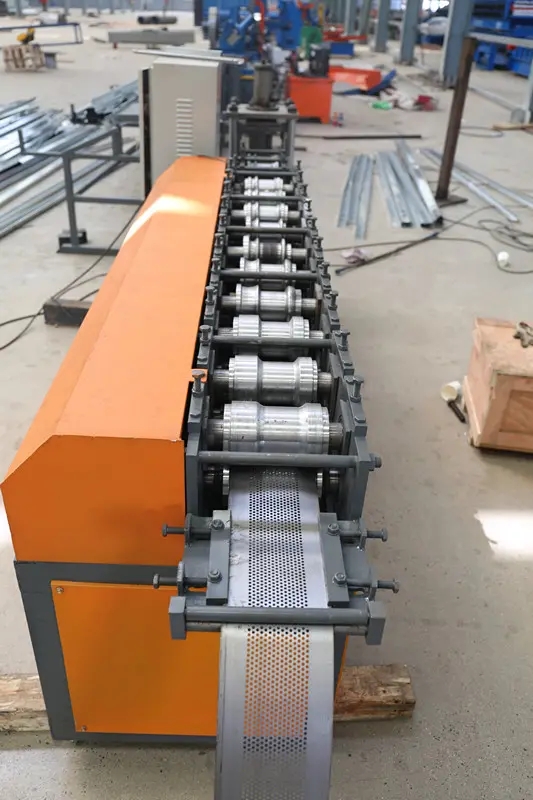
The Advantages of Light Gauge Steel Rollforming in Modern Construction
Light gauge steel rollforming has emerged as a revolutionary technology in the construction industry, offering a range of advantages that enhance both efficiency and sustainability. This innovative process involves the continuous shaping of steel into specific profiles using a series of rollers. The resulting products are lightweight, strong, and versatile, making them ideal for various applications, from residential buildings to commercial structures.
One of the primary benefits of light gauge steel is its strength-to-weight ratio. Steel, being inherently strong, allows for the creation of structures that are both robust and lightweight. This characteristic is particularly valuable in high-rise construction, where reduced weight can lead to lower foundation costs and improved seismic performance. Furthermore, light gauge steel can be designed to withstand harsh environmental conditions, including extreme temperatures and high winds, ensuring the longevity of structures.
Sustainability is another significant advantage of using light gauge steel rollforming. Steel is 100% recyclable, and incorporating it into construction minimizes the environmental impact of building projects. Many manufacturers now use recycled steel in their products, further enhancing sustainability. Additionally, the precision of the rollforming process reduces waste, as steel strips are cut and shaped with minimal excess material. As the construction industry increasingly shifts towards eco-friendly practices, light gauge steel offers a viable solution to minimize waste and carbon footprints.

Moreover, the flexibility of light gauge steel in design is a considerable asset for architects and engineers. The rollforming process allows for a wide variety of shapes and sizes, accommodating unique architectural features without sacrificing structural integrity. This adaptability is particularly important in modern architecture, where innovative designs often require unconventional materials. Light gauge steel can be easily integrated with other construction materials, such as wood or concrete, enabling architects to create aesthetically pleasing yet functional spaces.
The speed of construction is another compelling reason for the adoption of light gauge steel rollforming. The prefabrication of steel components can significantly reduce construction time on-site. Since many parts can be manufactured off-site and delivered ready for assembly, this method minimizes delays caused by weather or labor issues. Faster construction not only helps in meeting project deadlines but also reduces labor costs, making it an economical choice for builders.
Additionally, light gauge steel provides excellent resistance to fire, pests, and mold. Unlike wood, which is susceptible to termites and rot, steel remains unaffected by these threats, leading to lower maintenance costs over time. Furthermore, its non-combustible nature enhances the safety of structures, making it a preferred choice for schools, hospitals, and commercial buildings.
In conclusion, light gauge steel rollforming is transforming the construction landscape by providing a sustainable, efficient, and versatile building solution. With its superior strength-to-weight ratio, environmental benefits, speed of construction, and adaptability to unique designs, it stands as a powerful alternative to traditional building materials. As the demand for sustainable and innovative construction continues to grow, light gauge steel is poised to play a crucial role in the future of building technology, paving the way for structures that are not only functional but also environmentally responsible.